Whatever your level, if you’re not a seasoned bird photographer, where should you start? The answer is simple. Think of the most boring bird in your local park and that is the bird you should photograph first.
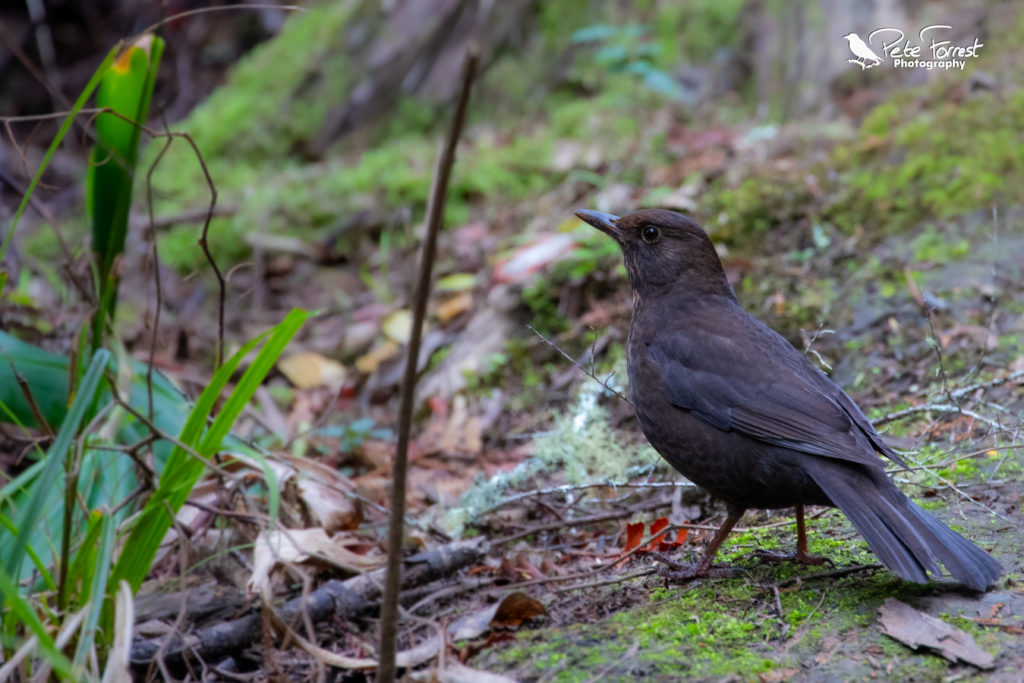
Birds are a difficult subject when you first start photographing them. There are so many species, each with their own habitats and behaviours. Different food sources, different ways of moving around, different times of day when they’re out. Not only do you need to learn about the species but as a new bird photographer, you’re also learning about your camera. Which setting works best for which scenario. What priority mode do you shoot in? Whether you should adjust the exposure. Have you framed it right to make a good composition? How you use the light.
All these things can be a bit overwhelming at first. Even if you know your camera well, you’re putting yourself in a different scenario so have to compensate. The same with knowing the birds – photographing birds requires different skills to watching them, although a lot of it is shared.
With all that in mind, you should start with the most boring one you can think of and here’s why:
A bird you consider boring is:
- Probably fairly common. You see it a lot, so is probably easy to find
- Likely to not be that active, so gives you more time to work with it
- The most rewarding when you get some interesting shots
Let’s expand on these. When you’re learning, you want to spend as much time taking photos as possible and as little time searching for your subject. Focusing on a bird that’s common gives you plenty of opportunities to photograph it. If a particular bird is camera shy, move on and find another one. If it’s not doing anything interesting, also find another one. Hunting for rare birds and getting an amazing shot of them can take days – if not weeks – of being out in the field. Photographing a common bird, it’s much more likely that you’ll get that shot.
Secondly, the bird you think of as boring is probably not that active. If a bird sits around and does nothing all day, you aren’t likely to consider it interesting. These birds make great subjects though. They will let you approach closer and more noisily than other birds. They will let you hone your skills. Sure, they may not do as much but having more opportunity to shoot is better for you.
Thirdly, we tend to build things up in our mind. How amazing our photograph is going to be when we master the art. This often leads to disappointment as getting that one in a million shot takes a million photographs. If you thought the bird was boring before you started, you probably won’t expect much from your photographs. This means you’re much more likely to be pleasantly surprised with the results you get. My early shots were all of the humble house sparrows. They are everywhere, easy to approach and although they sit around a lot are generally quite active. Ever since then I’ve loved photographing them and I don’t think they’re boring at all. Their personalities are great and they always make for interesting shots.
Once you are comfortable shooting “boring” birds, work your way up to more interesting species. You’ll hopefully notice your skills gradually improving, whilst still getting good shots of each bird.
You can of course immediately start photographing birds that you find interesting. Interest in your subject will keep you interested in photography. You’re photographing because you love doing it, so don’t make it a chore.
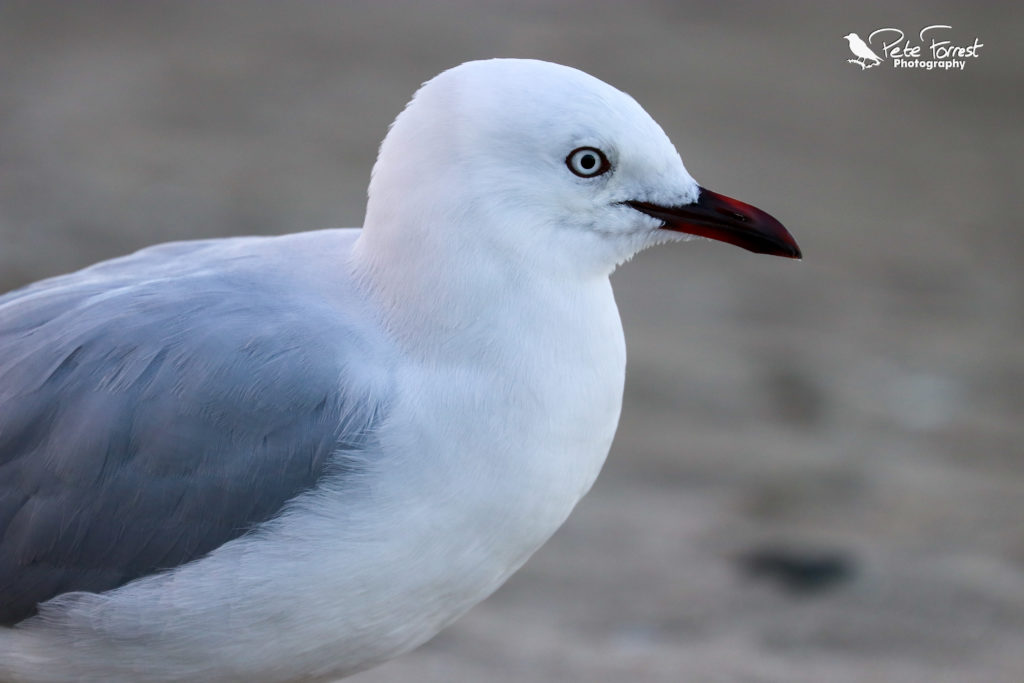
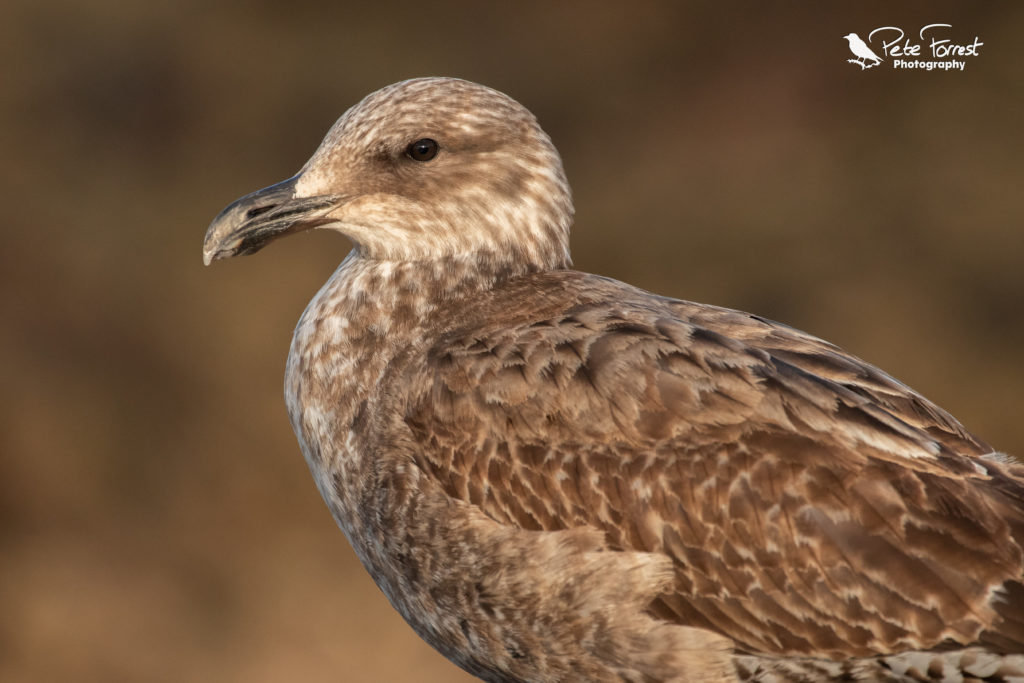
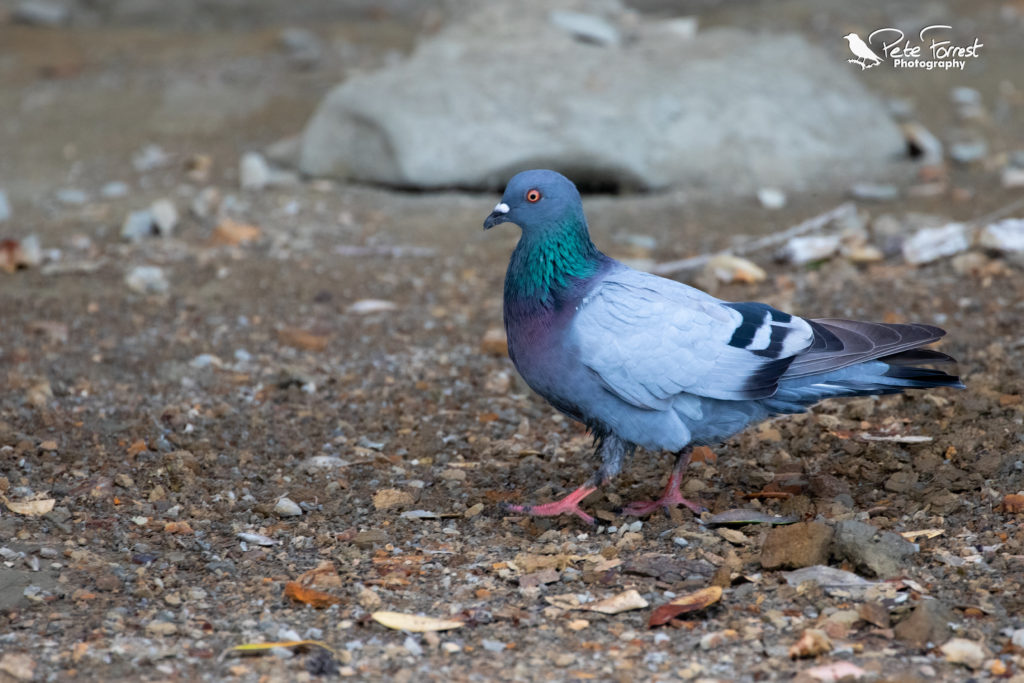
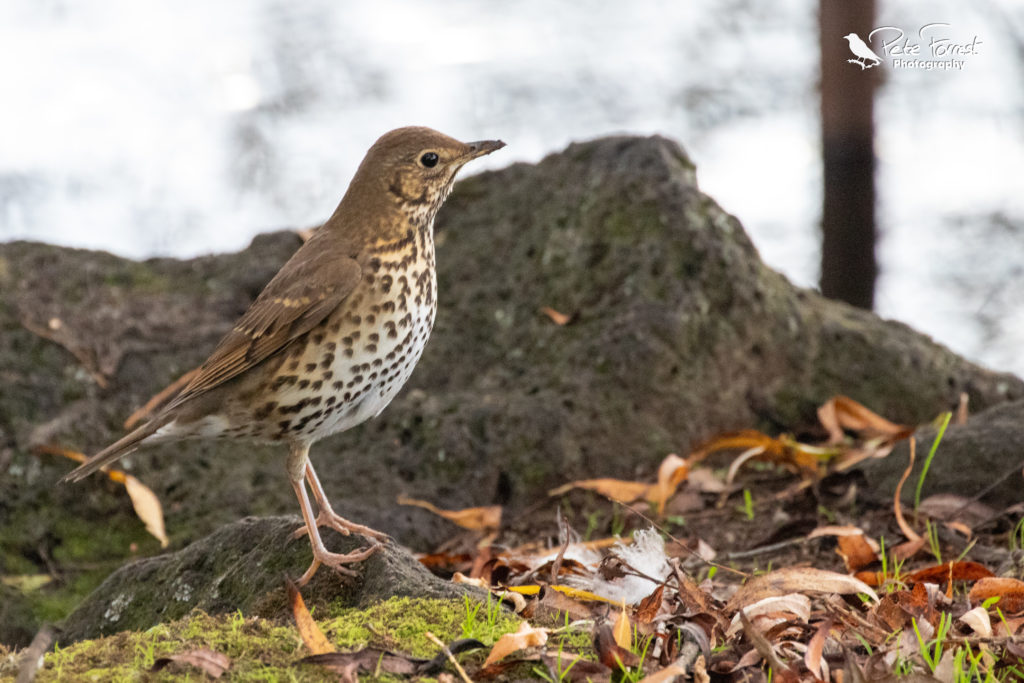
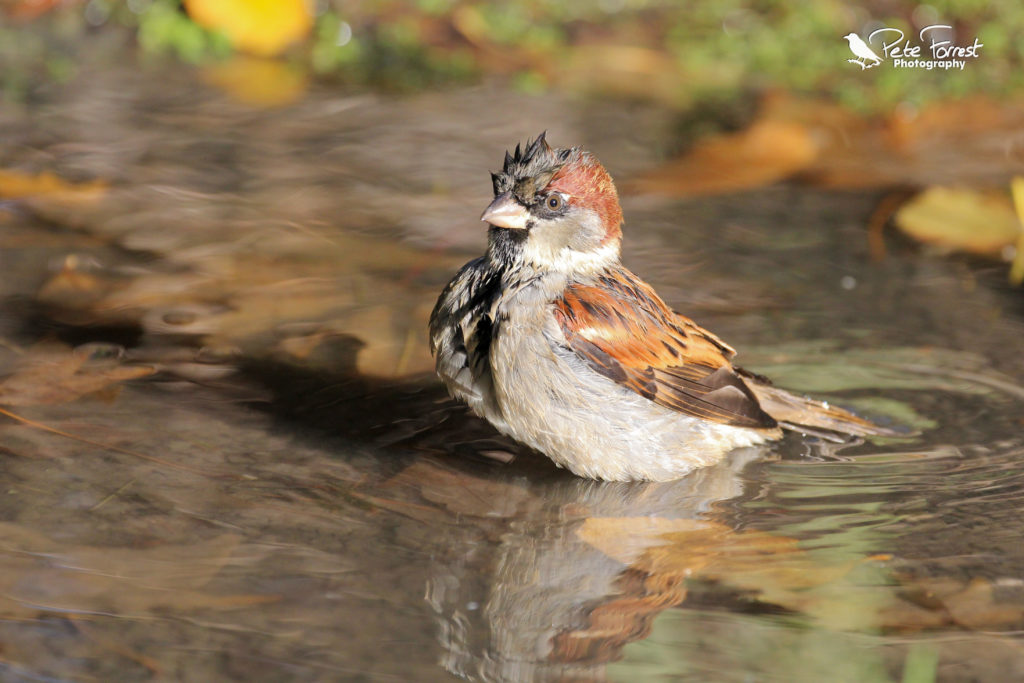
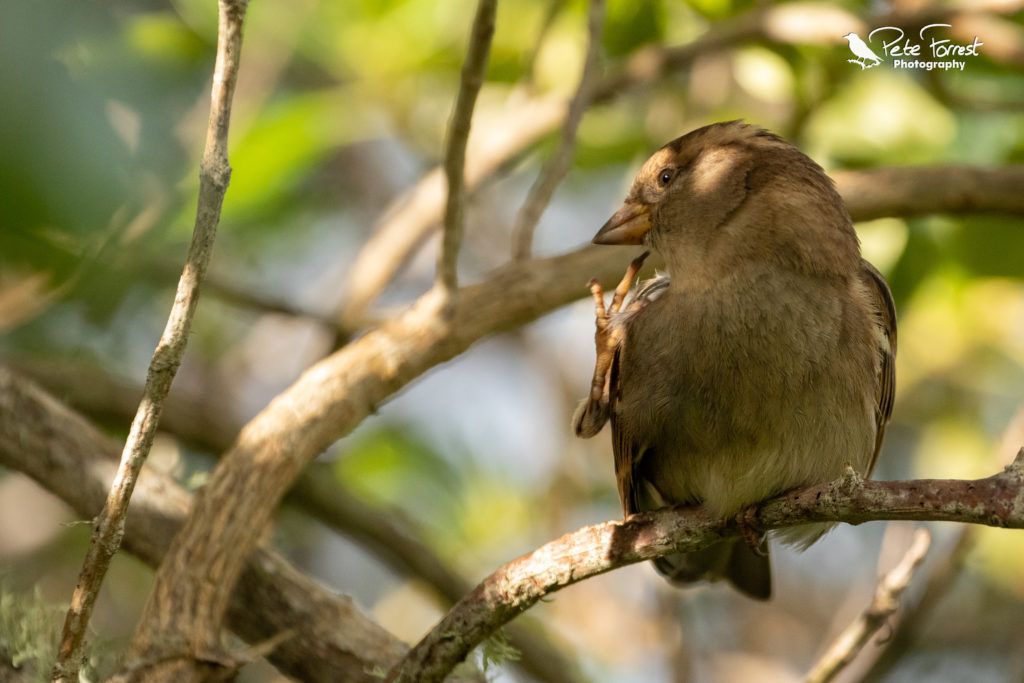
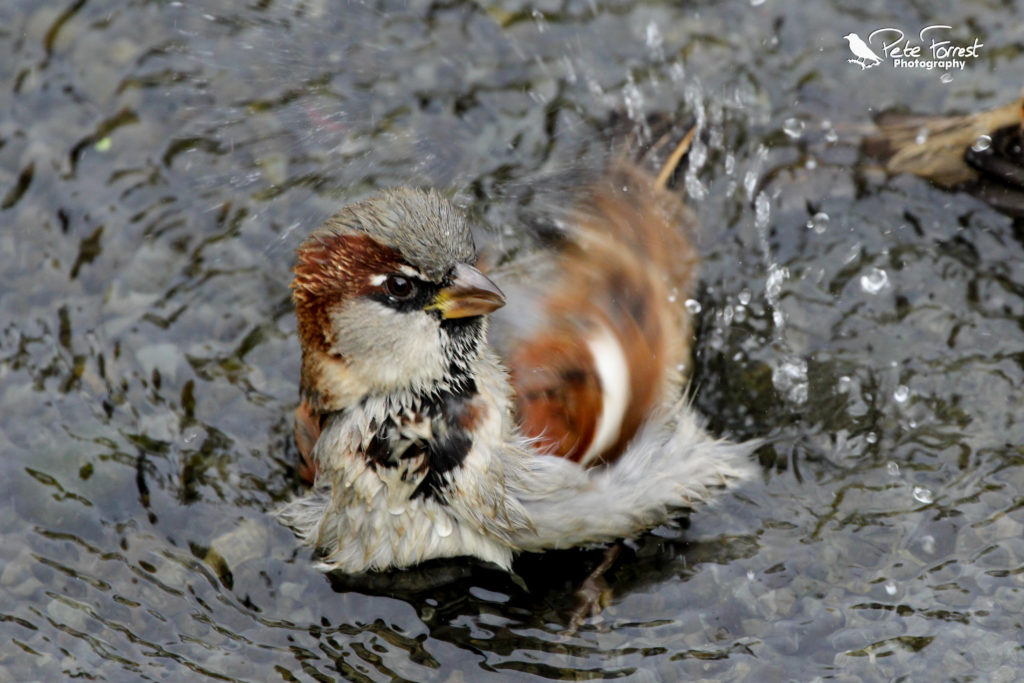
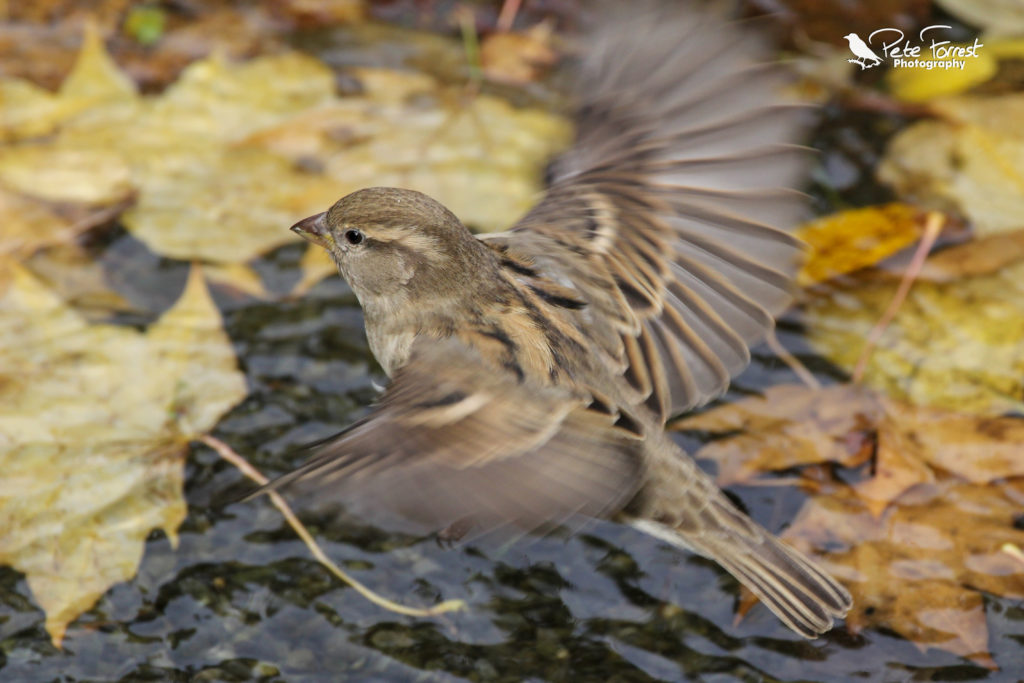

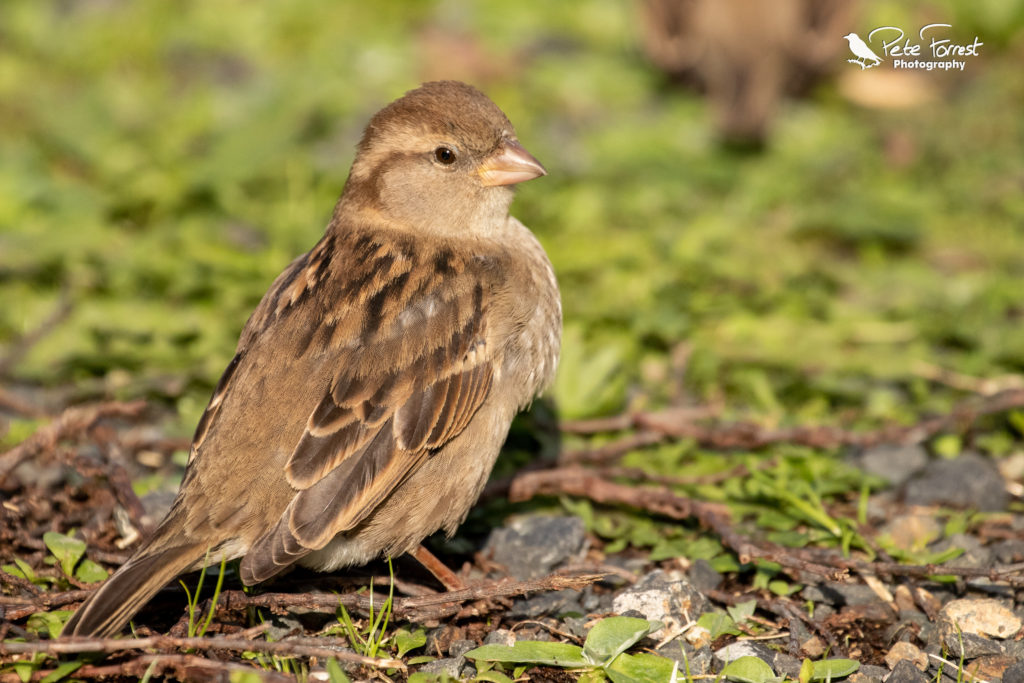
Leave a Reply